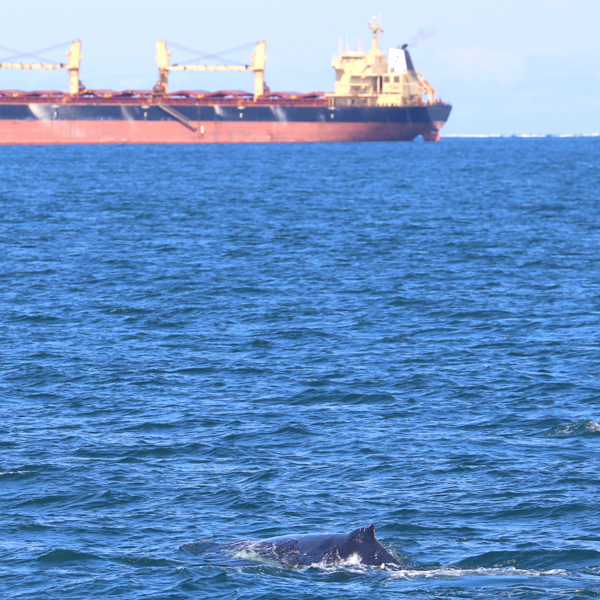An international consortium recently came together to explore biodiversity in the North Sea. The multi-year study aimed to provide the evidence to guide decisions on the next generation of offshore wind farms and ensure that the investment currently being made in renewable wind energy also creates opportunities to enhance our biodiversity.
Funded by the Crown Estate’s £25 million investment into its Offshore Wind Evidence and Change Programme (OWEC), and by the Rich North Sea programme, it was delivered through international collaboration between the UK Government’s Centre for Environment, Fisheries and Aquaculture Science (Cefas) and Flemish marine research organisation the Flanders Marine Institute (VLIZ). The project advisory group included members from Natural England and the Joint Nature Conservation Committee.
Data collected by industry, government, and academic sources across seven countries were brought together into a central data set containing almost 50,000 seabed samples with over 1.4 million records, and state-of-the-art modelling techniques used to map benthic (or seafloor) biodiversity across international boundaries.
The results have been shared in two freely available online apps. The OneBenthic Data Extraction Tool provides developers, regulators, and decision makers with access to the enhanced big data collected by the study. The OneBenthic Layers Tool provides access to benthic biodiversity models developed under this and other research projects. A report on the study has also been produced.





Login / register to join the discussion
Comments
There are no comments for this article.